The salt has made this city rich. It became famous because of Mozart and it is beautiful by nature. Despite its name, Salzburg is also a city of sweets. From the finest chocolates to edible city mountains, the culinary specialties range. Whether marzipan core, chestnut nougat or soufflé – no less than three Salzburg originals not only have sugar to offer, but also a good story and a connection to Wolfgang Amadeus Mozart.
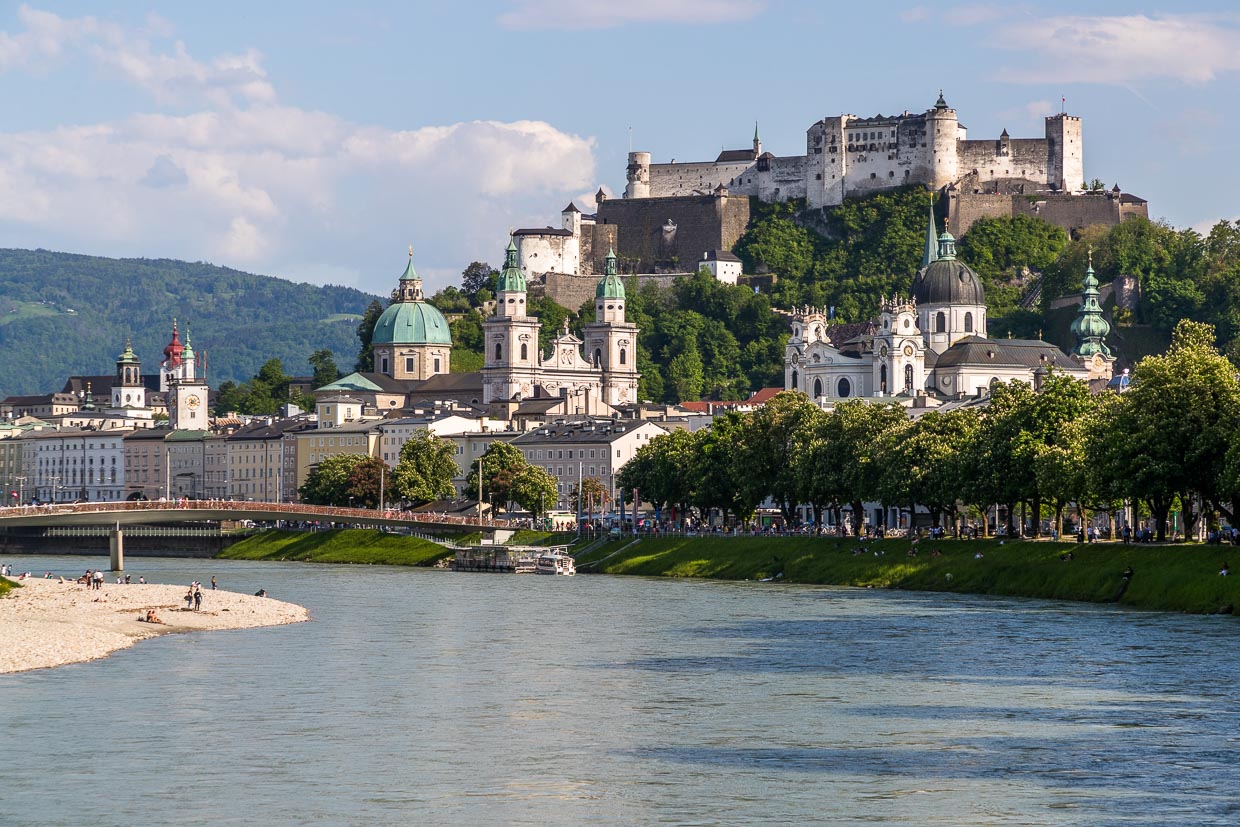
Salzburg Mozartkugeln
Not everything, but many things in Salzburg point to the city’s most famous son. Wolfgang Amadeus Mozart saw the light of day in Salzburg in January 1756. The eternally young child prodigy has left his mark on the city. Visitors from all over the world meander through the small rooms of his birthplace in the Getreidegasse, visit his early places of activity such as the cathedral and the Old Residence, as well as the inns where Mozart liked to socialize. In addition, there are monuments, statues, cardboard cutouts and Playmobil figures in rococo tails and with the powdered hairstyle named after him, the Mozart braid. The brilliant composer and musician became the genius loci of Salzburg.
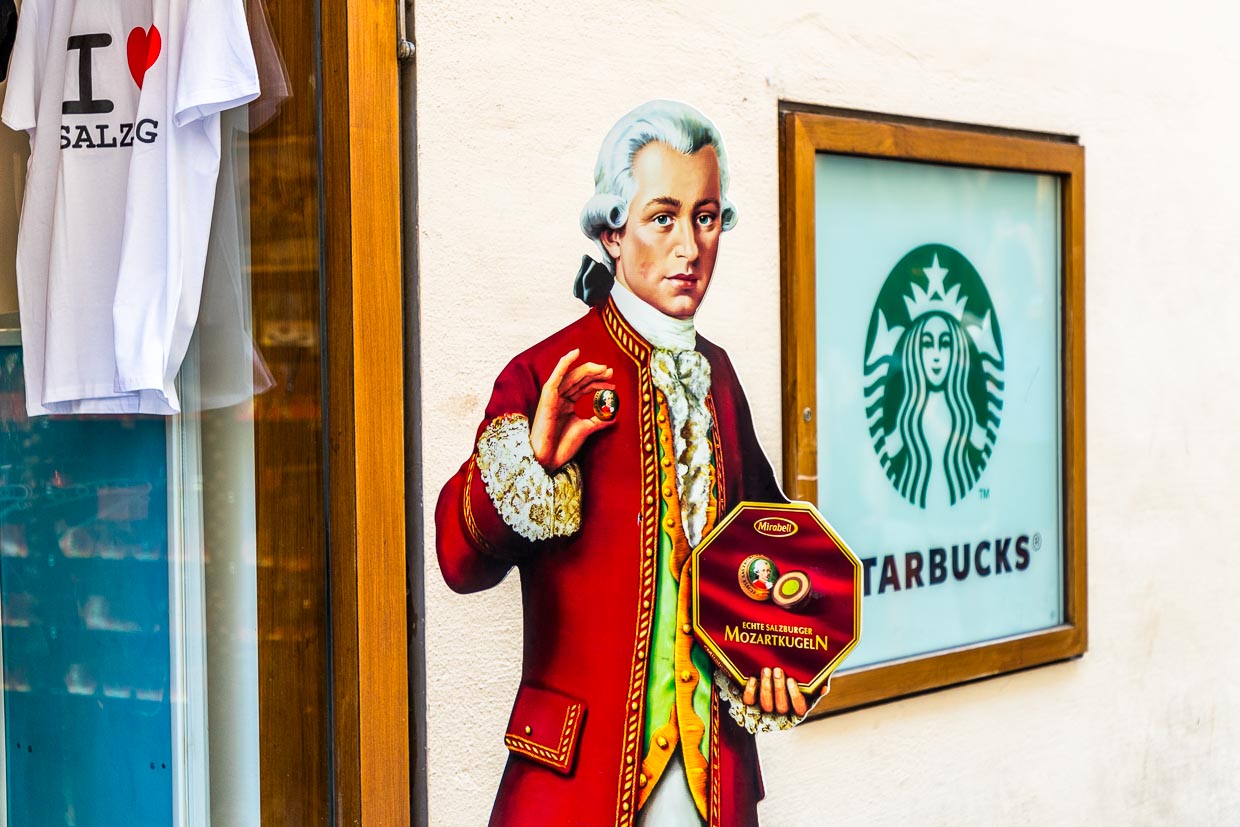
A trendsetter in Mozart tourism was master confectioner Paul Fürst. In 1890, he invented a handcrafted, elaborate praline and called it the Mozartkugel. What was new about the Mozartkugel at the time was its round shape and technically sophisticated concentric structure. Green pistachio marzipan is coated with fine hazelnut nougat, placed on a wooden stick and dipped in dark chocolate coating in one swift movement. Then the ball is placed on a board to allow the chocolate glaze to harden. This is still the way it is done today, explains Doris Fürst, who runs the traditional company in its fifth generation with her husband Martin Fürst.
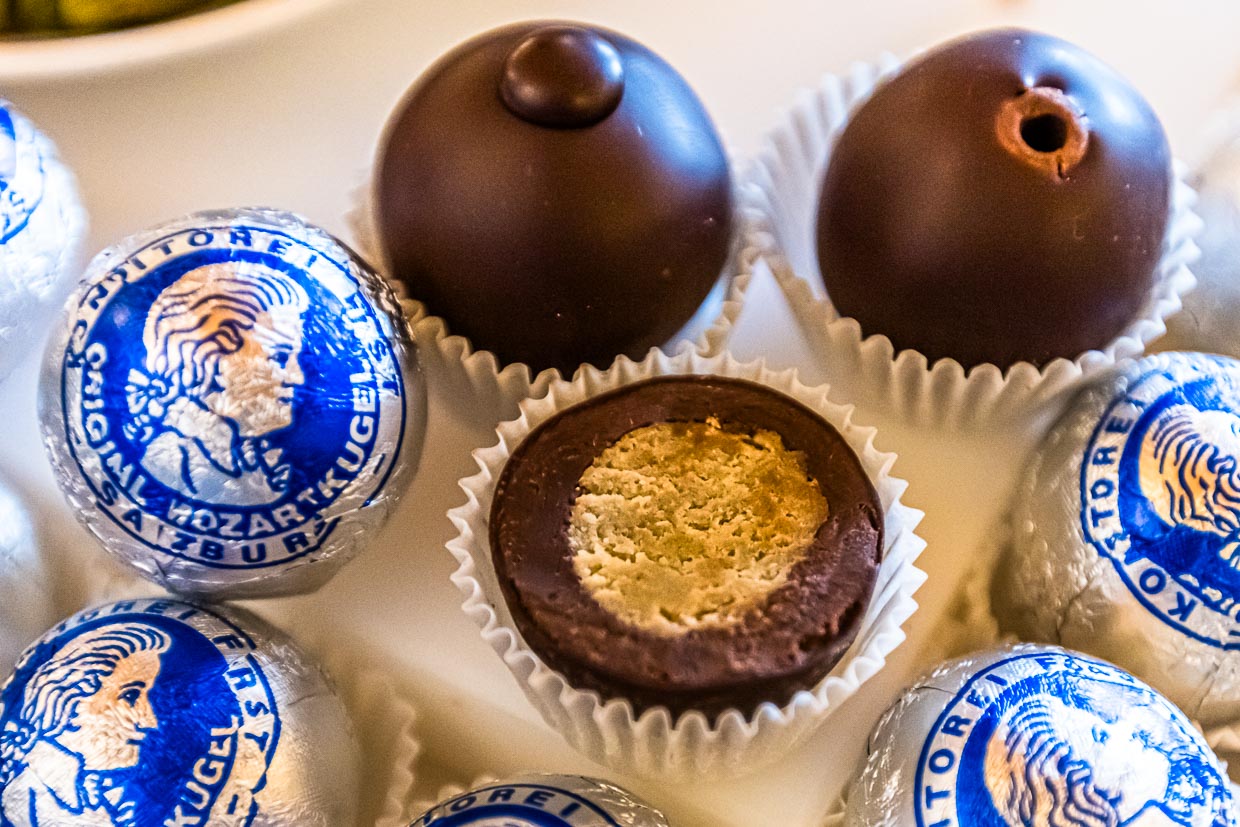
When the chocolate balls are dry, the sticks are removed and the hole is closed with a stanitzel, a small spout filled with liquid chocolate. Martin Fürst is a master confectioner like his ancestors. To this day, the Fürst confectionery attaches great importance to the use of high-quality ingredients according to the original recipe from 1890 and the renunciation of palm oil and preservatives, Doris Fürst explains. Marzipan, hazelnuts and chocolate were already high-quality and expensive ingredients back then. To prevent snacking during working hours, Paul Fürst introduced the whistle rule. He calculated that if you whistle, you can’t put something in your mouth on the side. Even though many traditions have been preserved at Fürst and many work steps are still done by hand, the confectioners no longer have to whistle, Doris Fürst makes clear in conversation.

At the Konditorei Fürst, the main focus is on consistently high quality. Thus, the Original Mozartkugel can only be purchased in the stores of the Konditorei Fürst in Salzburg. Since the early 2000s, it has also been shipped – albeit with a summer break during the warmer months. Only imitation products reach the supermarket chains and gas station stores of this world. The world market leader produces half a million balls a day. Industrial manufacturing processes and the use of preservatives make it possible.
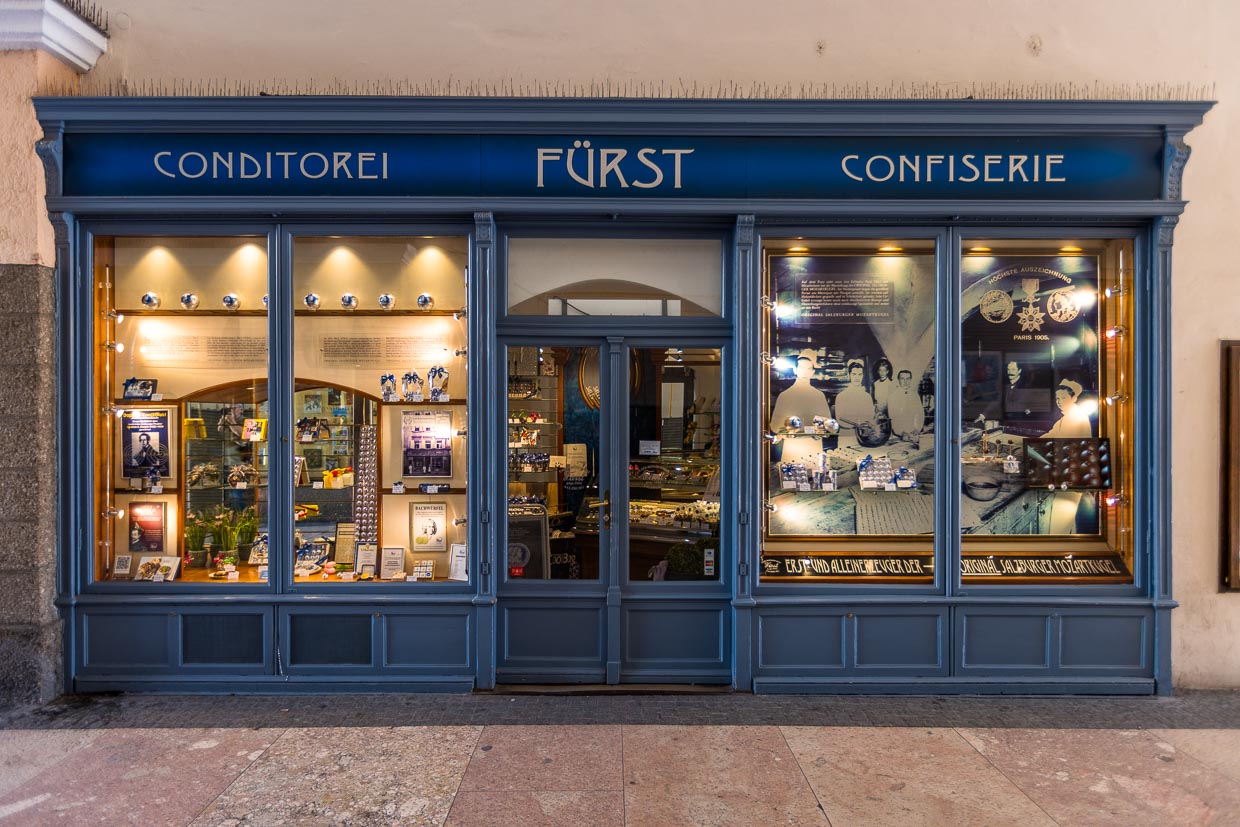
Original or just real?
How did it come about that the invention of the Mozartkugel, including its name, was so openly copied? In 1905, Paul Fürst presented his Mozartkugel in silver paper with a blue Mozart likeness at an international exhibition in Paris and was promptly awarded a gold medal. This international recognition brought not only fame, but above all imitators. From now on, the Mozartkugel was copied not only in Salzburg, but also abroad. Paul Fürst had neither the product nor the packaging trademarked. After the Second World War, the Salzburger Mozartkugel was produced by the millions.
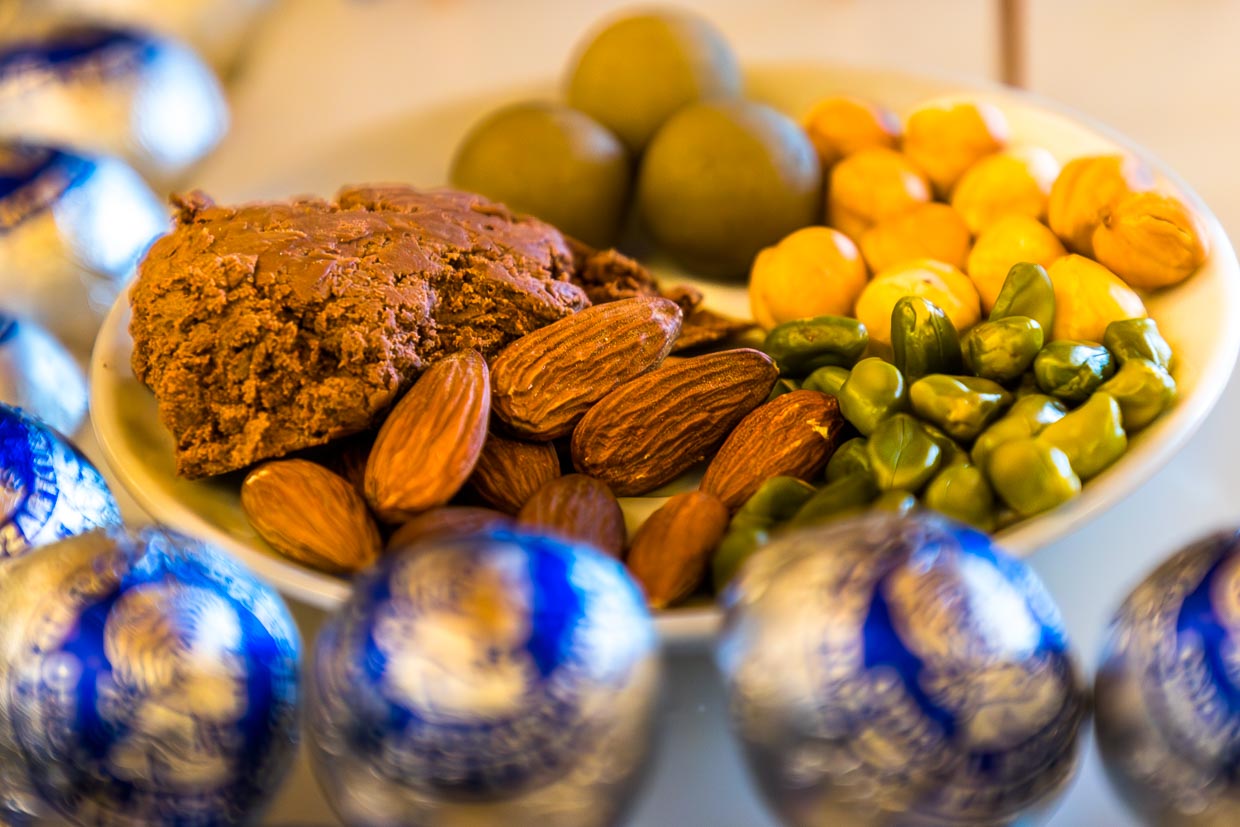
Eventually, a copyright dispute arose between the confectioners producing Mozartkugel, which initially developed into a competition between Austrian and Bavarian companies and was eventually carried all the way to the European Court of Justice. The dispute was never about the recipe, but about exclusive distribution and export rights, about the type and color of the packaging, and about the designation Mozartkugel and the additions echt, original and Salzburger. Norbert Fürst, the great-grandson of the inventor, won the case in 1996, and since then the Fürst confectionery has been the only manufacturer allowed to claim the designation Original Salzburger Mozartkugel for its product. For Mozartkugel laymen, all imitators of the Fürst Mozartkugel can be recognized by the mostly golden-red packaging and the confusing addition “Echte Salzburger Mozartkugeln”.
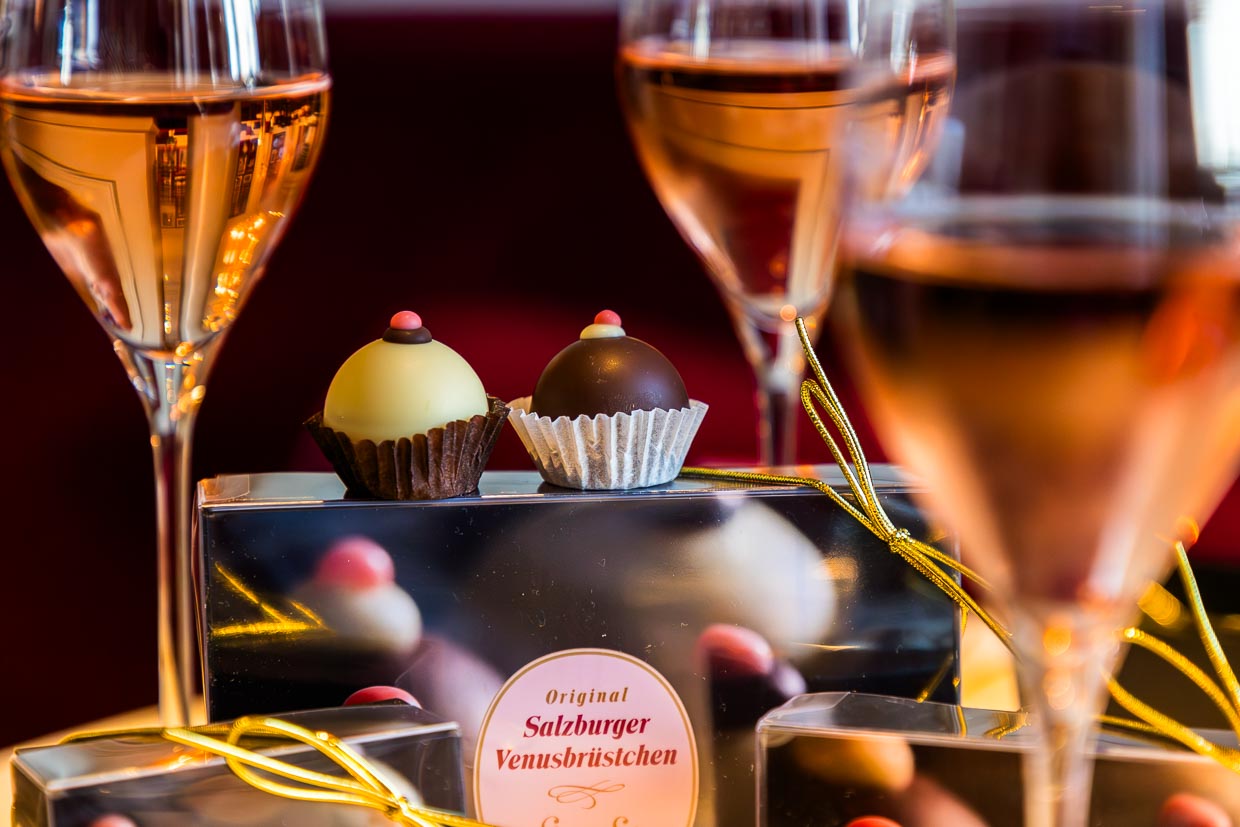
Salzburg Venus Breast
Ludwig Rigaud sits casually at a corner table in Salzburg’s Café Sacher. Yes, the famous Viennese café also has a branch in Salzburg. On the table in front of him are small boxes. Their contents are the descendants of a Petit Four Frais, which already delighted high society in Mozart’s day. At that time, Ludwig Rigaud explains, it was a pastry fresh from the day, shaped into a round, erotic form and served as capezzoli di Venere, or Venus’ Nipples. In the 1984 film Amadeus, the frivolous confection makes its own appearance. Constanze Mozart, Amadeus’ wife, is offered Capezzoli di Venere by the court composer Antonio Salieri and is overjoyed.
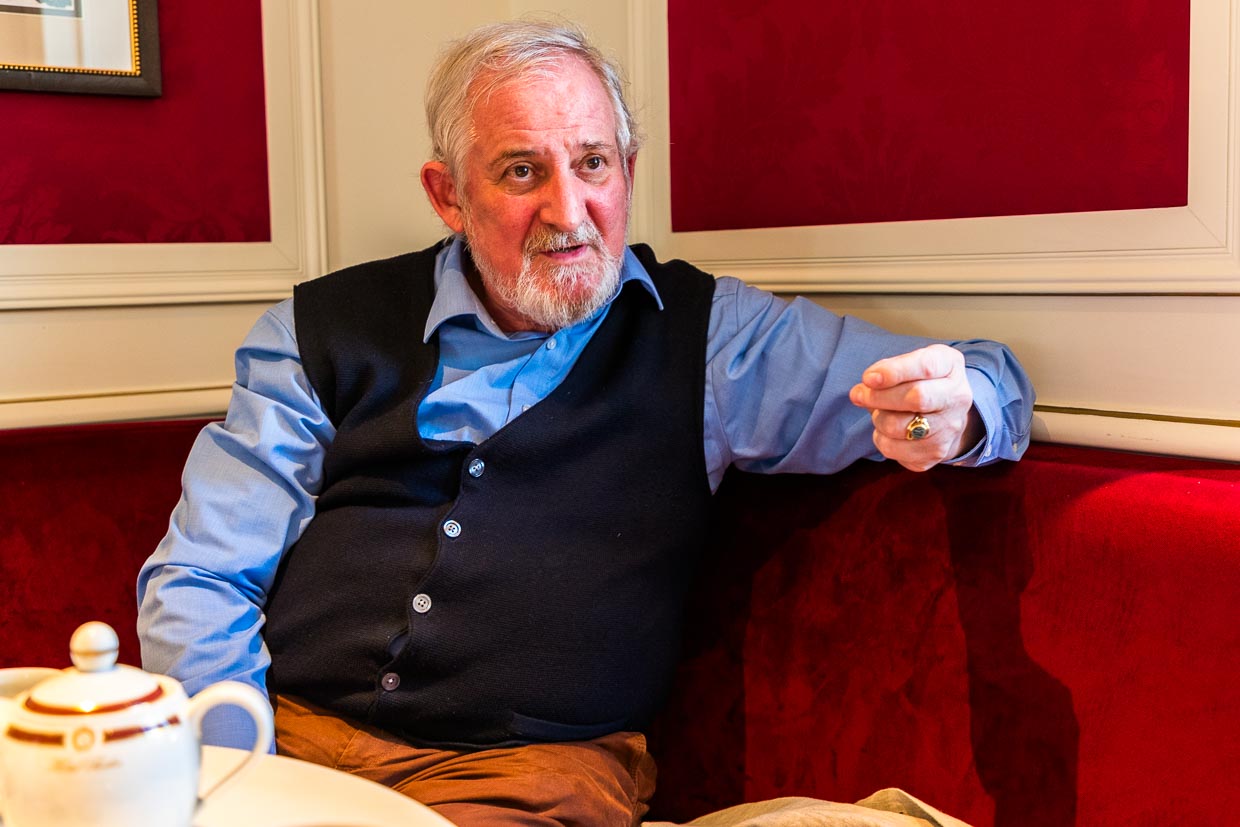
The Venusbrüstchen consists of marinated chestnuts with nougat and Amarena cherry pieces, covered in black or white chocolate and the characteristic pink dot that makes the confection a Venusnipple. For the Mozart Year 1991, Ludwig Rigaud created this praline according to the old recipe. He had been involved with specerey of all kinds for many years by then, and with Mozart anyway. Ludwig Rigaud grew up in the house where Wolfgang Amadeus Mozart was born, which his family had bought from the Hagenauer family over 100 years ago. Lorenz Hagenauer, in turn, was a landlord and friend of the Mozart family.
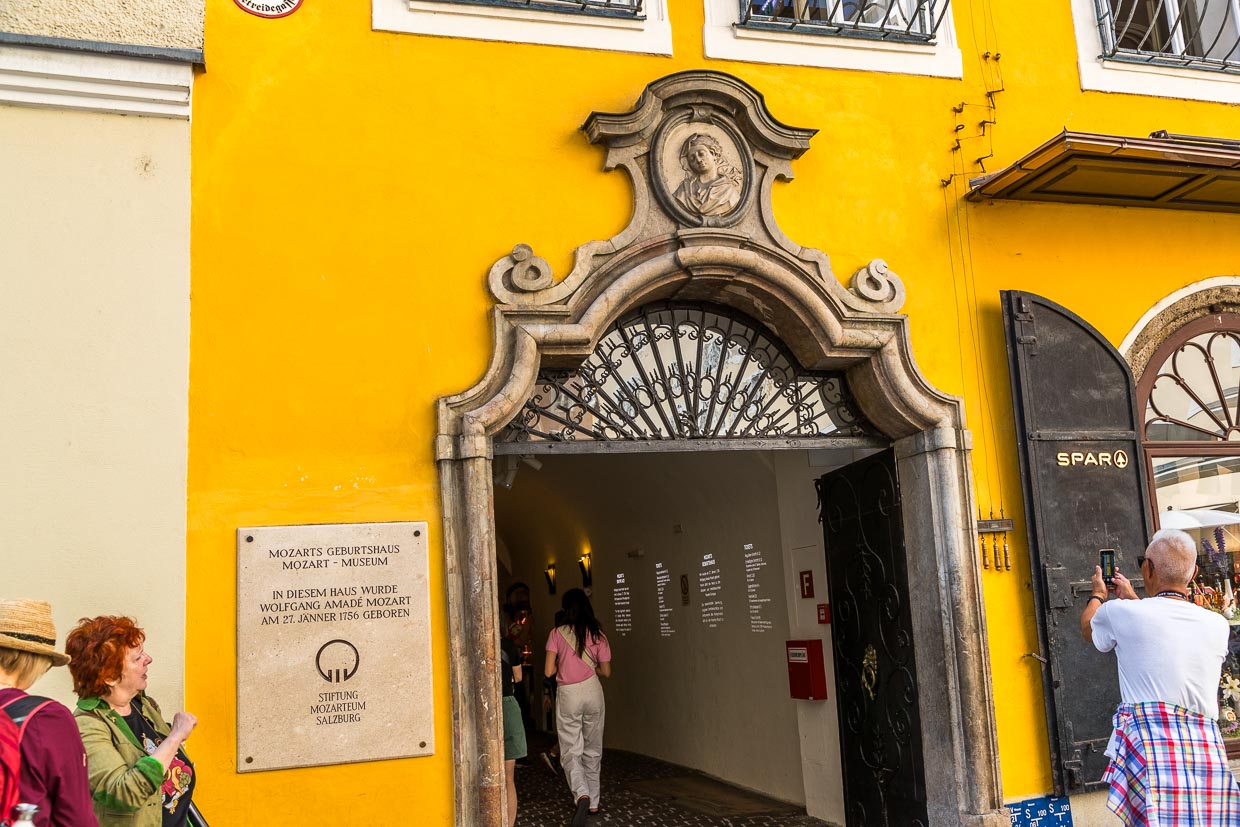
On the first floor of the house at Getreidegasse 9 was the Alte Hagenauerische Specereywarenhandlung, Salzburg’s first address for delicatessen, coffee and spices. Ludwig Rigaud ran this delicatessen together with his brother until 1994. The market power of the large chains did not stop at Getreidegasse. Today, SPAR is emblazoned above the grocery store in discreet gold lettering, and plastic bottles are sold to thirsty tourists from all over the world. Ludwig Rigaud’s Venusbrüstchen, however, have survived and have been made for Stranz & Scio Specereyen in one of Austria’s best confectioneries since 1991. They are available in selected Salzburg delicatessens and in an online store. The other day, Amadeus was on TV again, Ludwig Rigaud recounts, and the first orders for the Original Salzburg Venusbrüstchen were received even before the credits rolled, he smiles.
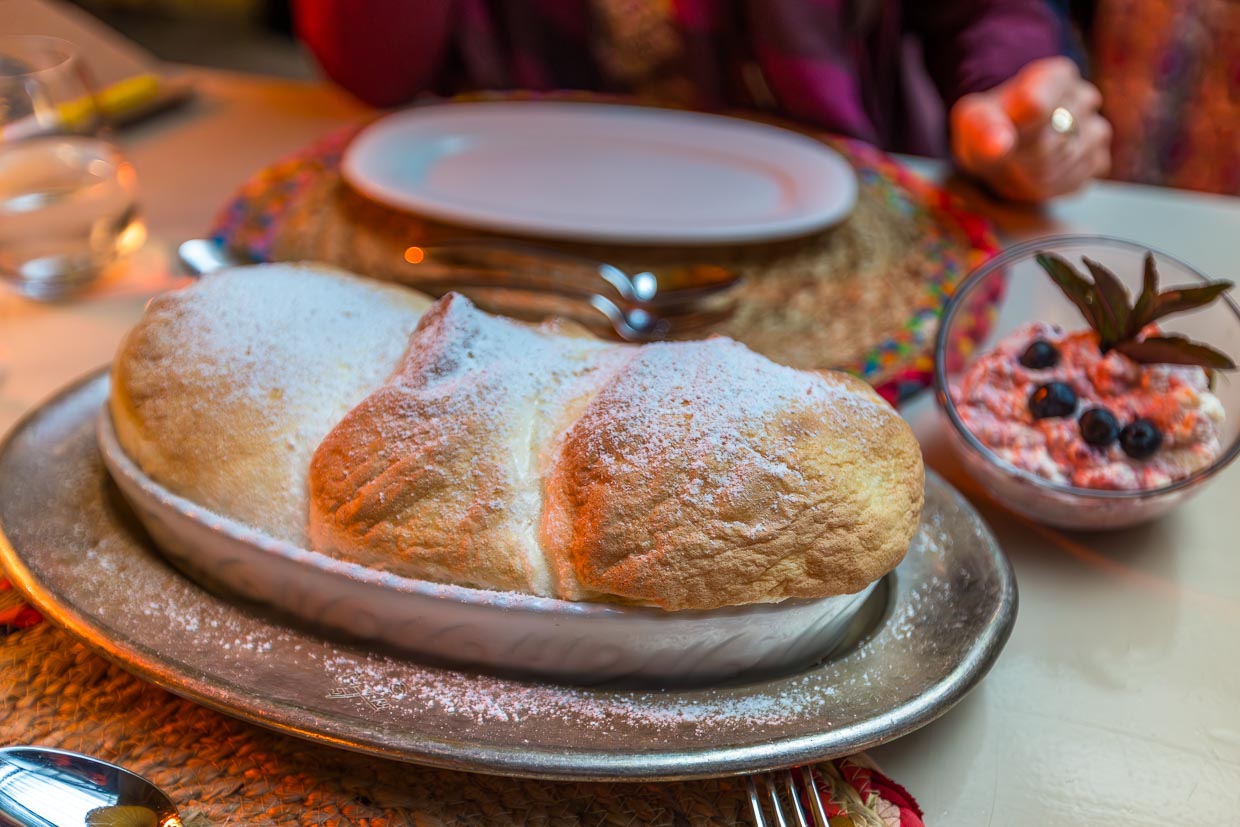
Salzburg dumplings
In the operetta season in Salzburg they are sung about, the Salzburger Nockerln: “Sweet as love and tender as a kiss”. Hardly any Austrian dessert is as well known as the Salzburger Nockerln. Yet their exact origin is not clear. It is believed that they originated in the early 17th century, which makes it very likely that Mozart also knew the Salzburger Nockerln.
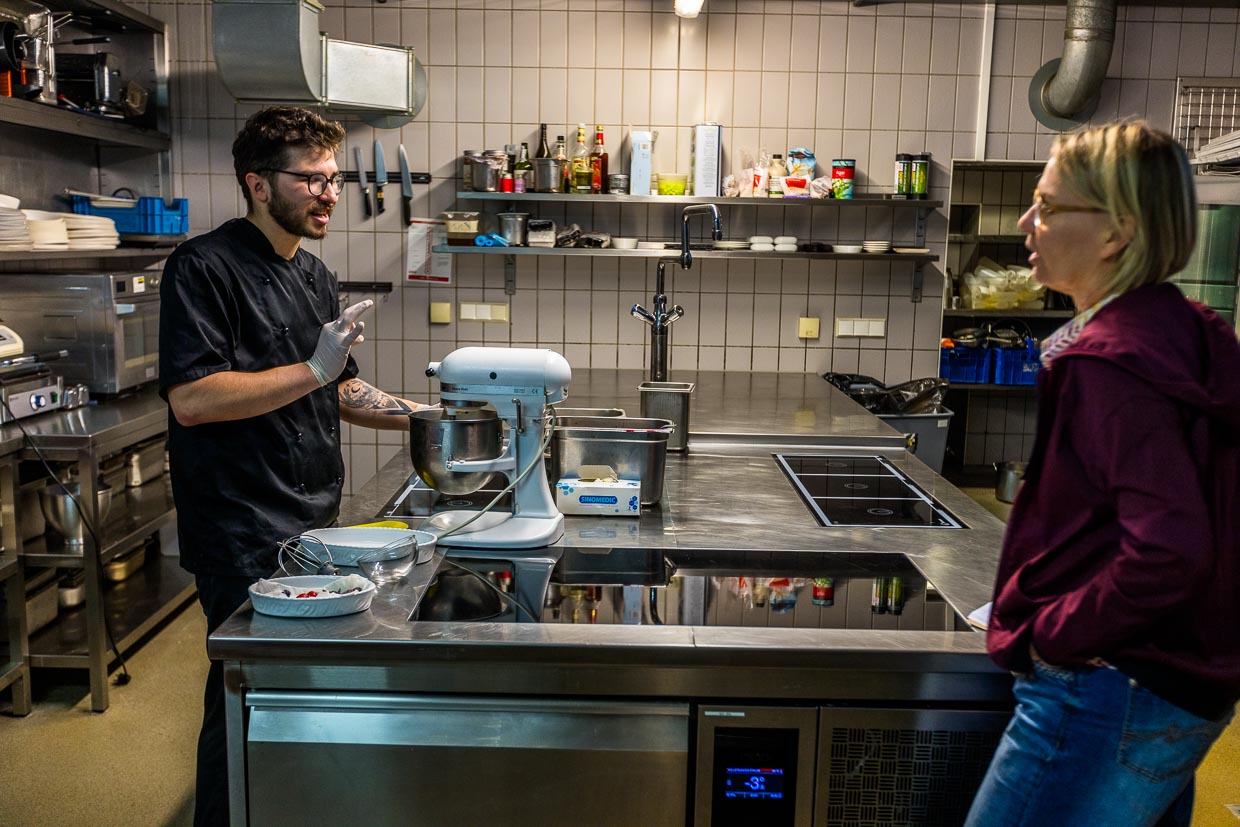
What is certain is that they were a bourgeois dish of the 19th century in their current form. They have evolved through various stages from choux dumplings to pan omelettes to the famous soufflé. In the Stiftskulinarium St. Peter they form the conclusion of a menu after historical recipes in the context of the Mozart Dinner. Chef Rotariu Johny Razvan explains what is important in the just-in-time preparation of the dumplings. Before the egg-white mixture goes into the oven, it must be stable enough for the three gnocchi to be placed in an oven-proof mold. At the popular Mozart dinner in the baroque hall, where often more than 100 guests are entertained, some custard powder is added to increase the shelf life of the gnocchi.
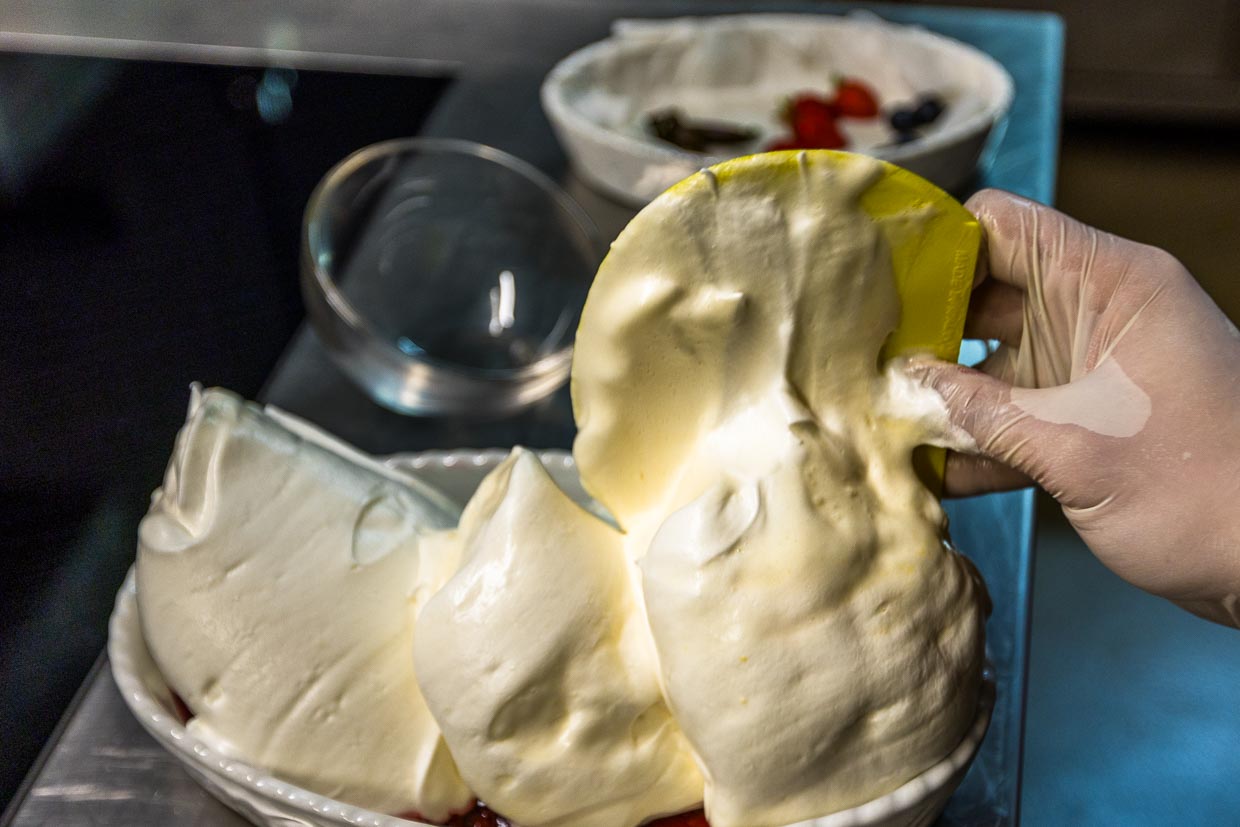
A serving of Salzburger Nockerln consists of a mountain of three gnocchi. The egg whites are beaten with sugar and then the egg yolks are folded in. A little flour or pudding powder is added to stabilize the mixture. Cut out three pyramid-shaped dumplings from the airy mixture, place them in an ovenproof dish, bake them in the oven until golden brown and sprinkle them with plenty of powdered sugar. They must be served quickly or the mound will collapse. The three dumplings stand for Salzburg’s snowy local mountains Kapuzinerberg, Mönchsberg and Rainberg. In the St. Peter Stiftskulinarium they are served with cranberries.
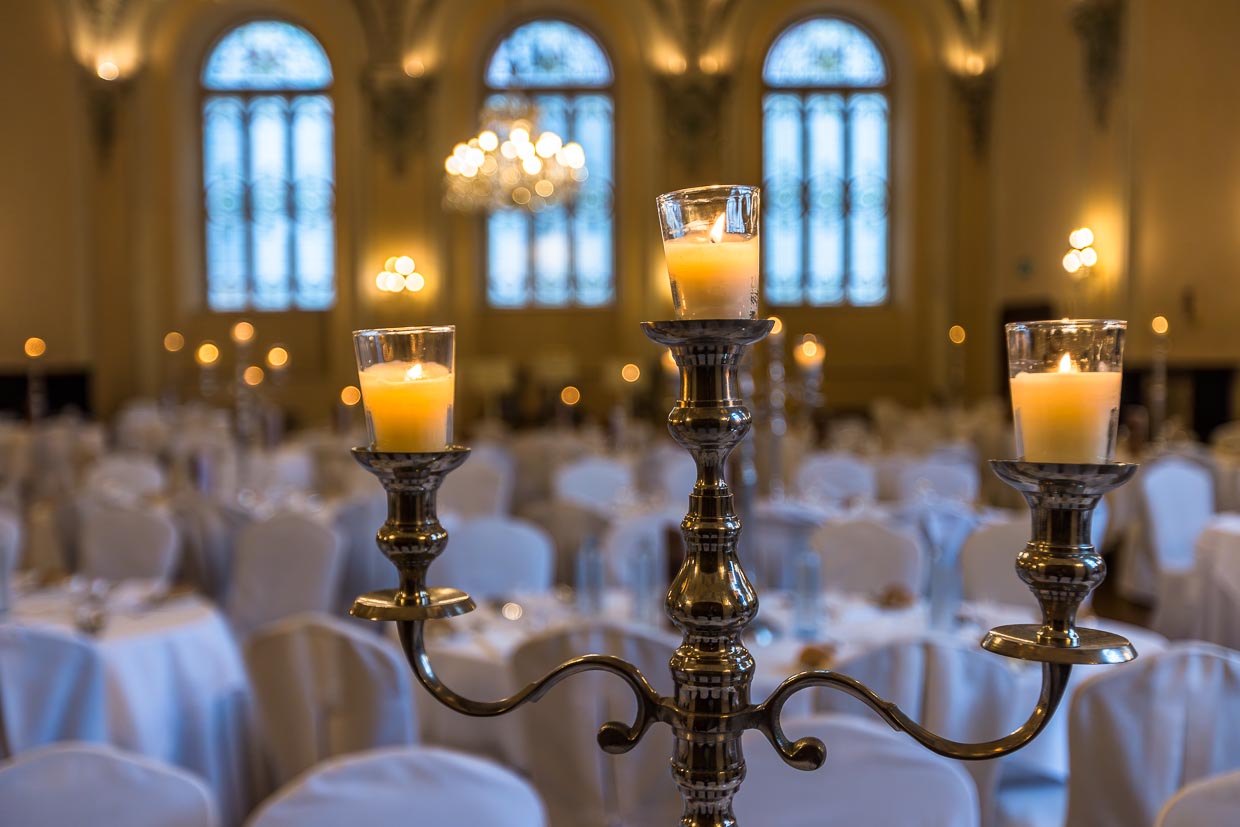
To taste the three Salzburg specialties, a trip to Salzburg is recommended first and foremost. To reward oneself with Mozartkugeln, Venusbrüstchen and Nockerln after a city walk over the Mönchsberg at original locations, one would come quite close to the baroque and opulent lifestyle of that time. This succeeds particularly well at a Mozart dinner in the St Peter Stiftskuliarium. Pragmatists, however, can also order the original Salzburg Mozartkugeln and the original Salzburg Venusbrüstchen to take home. Only the Salzburger Nockerln are not transportable, but are on the menu in many Austrian restaurants. Which traces Mozart still left in his hometown Salzburg, reveals the article Stadtwanderung mit Mozart.
The research trip was supported by Salzburg Tourism

